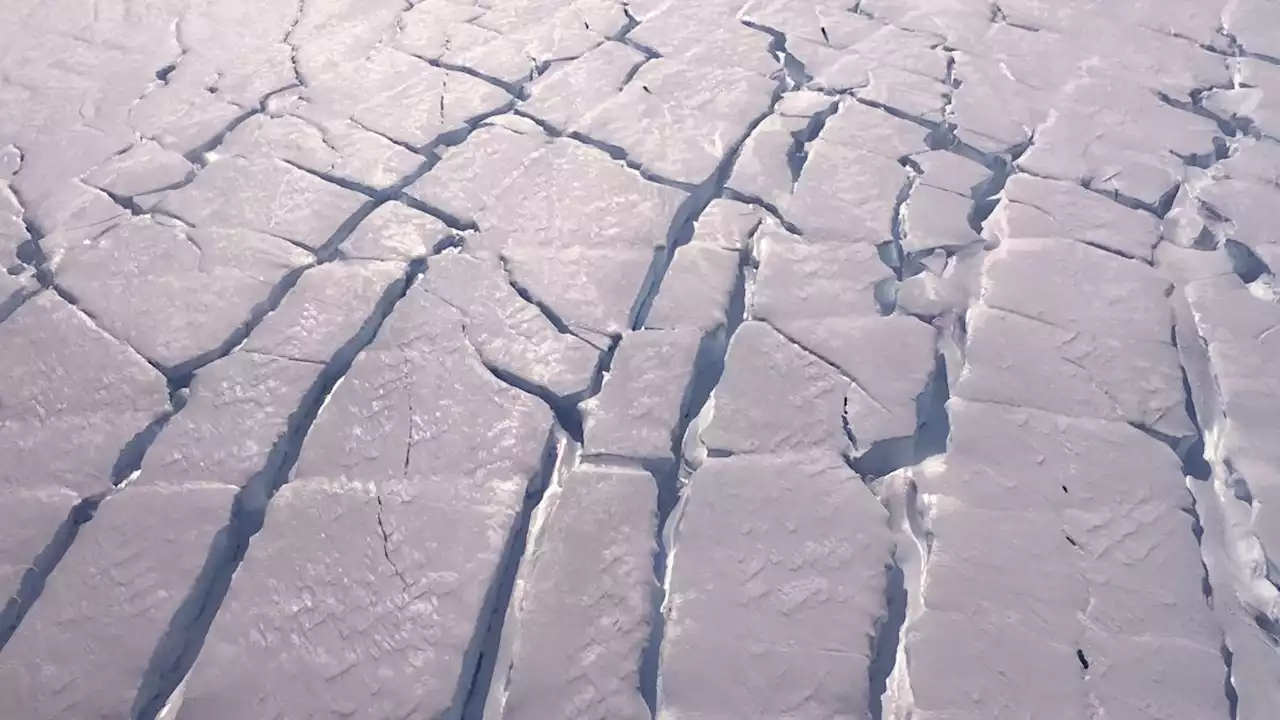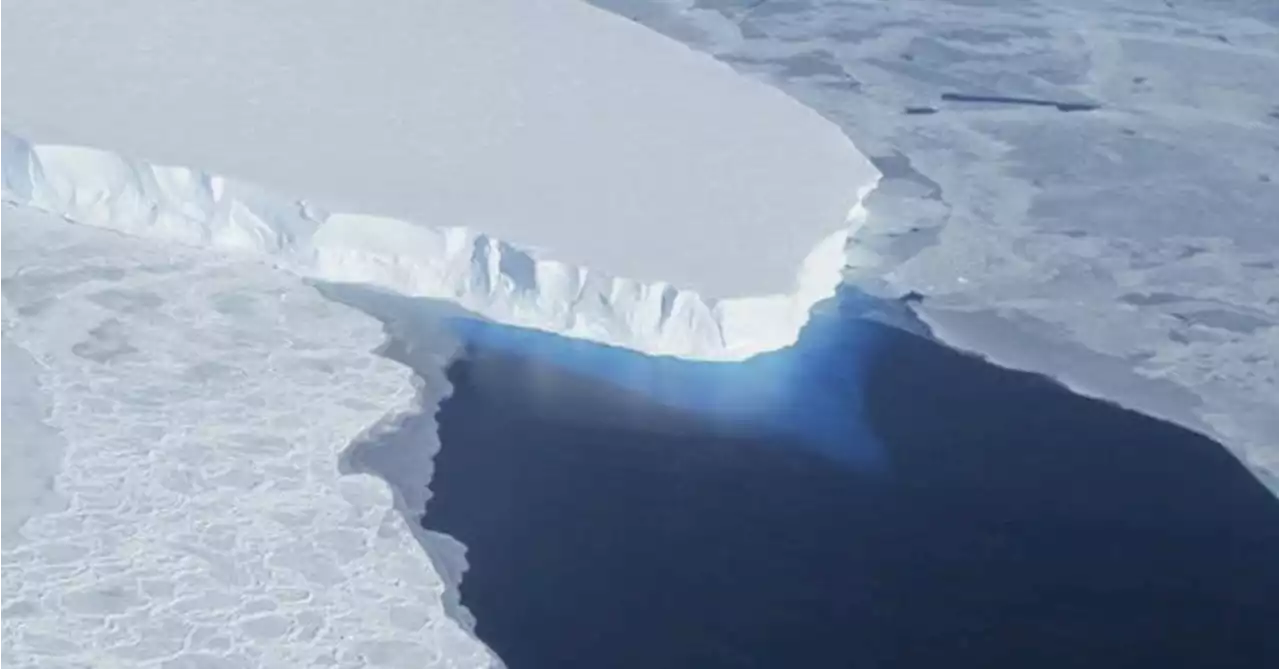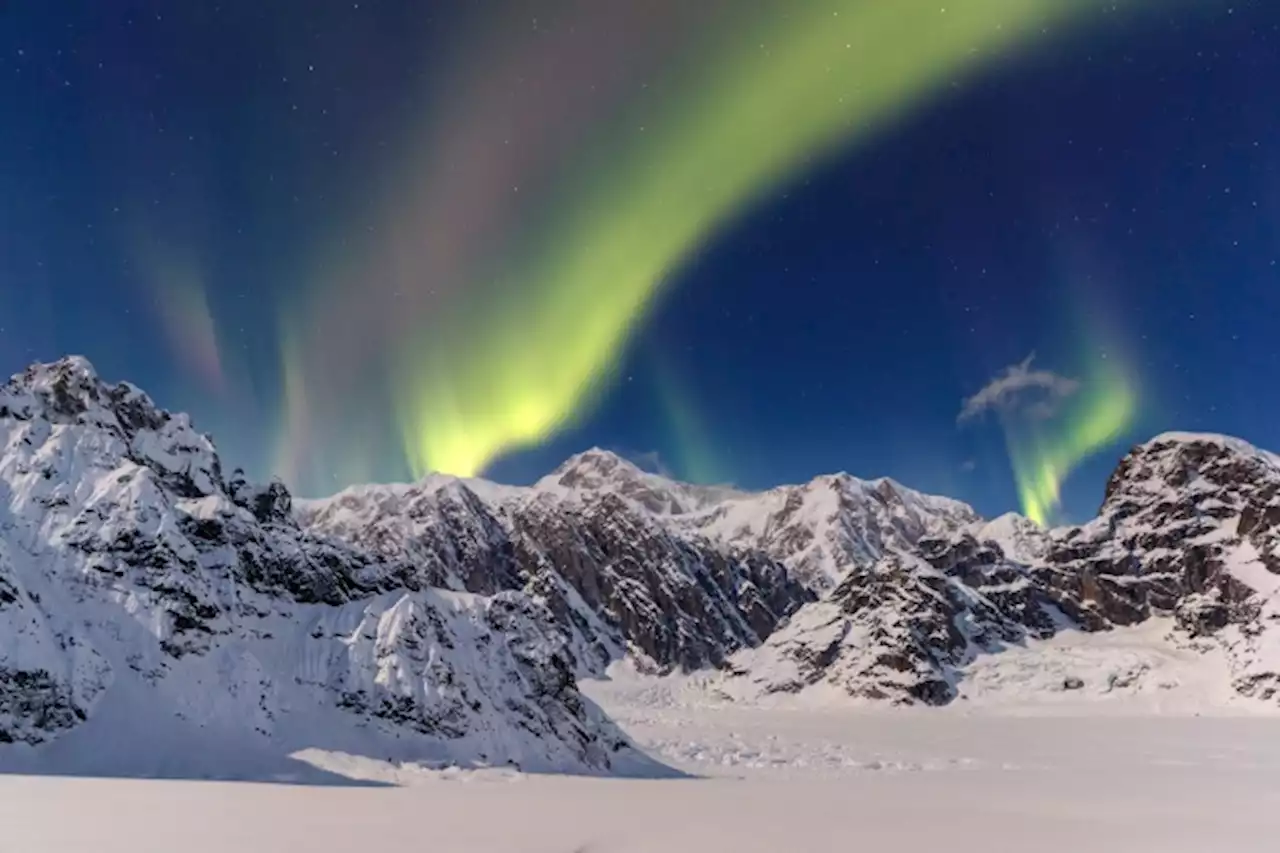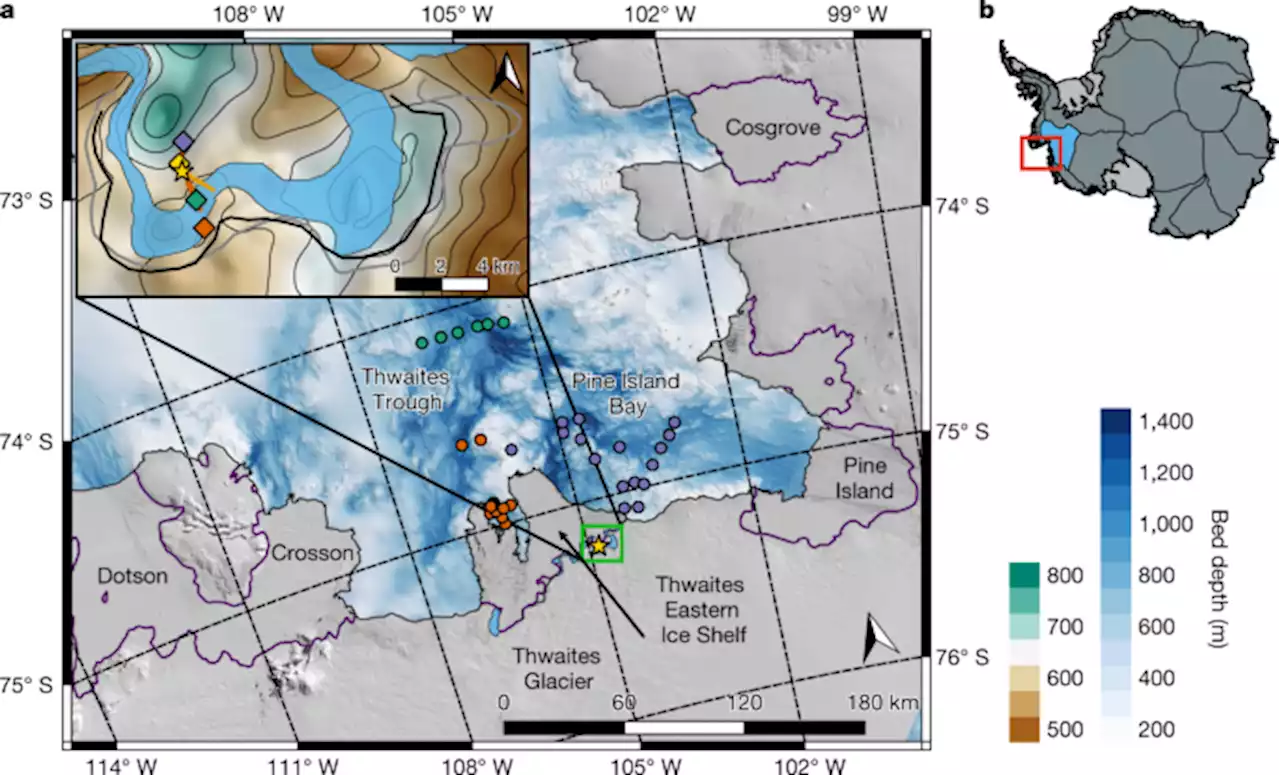Nature research paper: Suppressed basal melting in the eastern Thwaites Glacier grounding zone
for salinity. The effect of tidal flow has been ignored in these calculations, as the tidal flow speeds are an order of magnitude weaker.An ApRES was established within 10 m of the borehole on 23 January 2020 and set to record a burst of 20 measurements once every 2 h. The data were recovered from the instrument on 27 December 2020.
ApRES uses frequency-modulated continuous-wave modulation, with a chirp that scans from 200 to 400 MHz over a 1-s period. The measurements in each burst were checked for quality and then averaged. Each averaged burst was processedBy using both amplitude and phase, ApRES can monitor the changing distance between the antennas and the ice-shelf base with millimetre-scale precision.
For tracking the ice base to obtain the total thinning rate, an assumption in ApRES data processing is that, over the period of the time series, the topography of the ice base local to the radar does not change at length scales at or longer than the wavelength of the radar waves in ice, in this case, at length scales greater than about 0.5 m. This requirement was not met at the borehole site nor at various periods of the time series from the upstream sites.
Vertical profiles of vertical ice velocities, averaged across the entire time series, were calculated by dividing the return into 4-m layers, cross-correlating as described above and calculating the mean vertical velocity for each layer. From these profiles a depth interval was selected from the lower part of the ice column from which to calculate the integrated non-melt contribution to the thinning rate.
The final melt-rate time series was calculated by subtracting the non-melt contribution from the thinning rate and then low-pass-filtering at a cutoff of 15 days.Icefin was equipped with a Neil Brown Ocean Sensors conductivity–temperature sensor and a Valeport ultraP pressure sensor. The stated manufacturer accuracies are ±0.001 S m, ±0.005 °C and 0.1 dbar for conductivity, temperature and pressure, respectively, which translate into uncertainties of ±0.
United States Latest News, United States Headlines
Similar News:You can also read news stories similar to this one that we have collected from other news sources.
 Doomsday Glacier is melting slower than previously thought — but it's still in big troubleThwaites Glacier in West Antarctica, known as the Doomsday Glacier for the role its melt could play in global sea level rise, is melting more slowly than previously estimated, new research finds. But the glacier is still in trouble.
Doomsday Glacier is melting slower than previously thought — but it's still in big troubleThwaites Glacier in West Antarctica, known as the Doomsday Glacier for the role its melt could play in global sea level rise, is melting more slowly than previously estimated, new research finds. But the glacier is still in trouble.
Read more »
 Warm water melts weak spots on Antarctica's 'Doomsday Glacier', say scientistsScientists studying Antarctica's vast Thwaites Glacier - nicknamed the Doomsday Glacier - say warm water is seeping into its weak spots, worsening melting caused by rising temperatures, two papers published in Nature journal showed on Wednesday.
Warm water melts weak spots on Antarctica's 'Doomsday Glacier', say scientistsScientists studying Antarctica's vast Thwaites Glacier - nicknamed the Doomsday Glacier - say warm water is seeping into its weak spots, worsening melting caused by rising temperatures, two papers published in Nature journal showed on Wednesday.
Read more »
 Skinny robot documents forces eroding Doomsday GlacierA pencil-shaped robot is giving scientists their first look at the forces eating away at the Thwaites glacier in Antarctica
Skinny robot documents forces eroding Doomsday GlacierA pencil-shaped robot is giving scientists their first look at the forces eating away at the Thwaites glacier in Antarctica
Read more »
 Warming seas are carving into massive Antarctic glacier that could boost sea level riseScientists got their first up-close look at what’s eating away part of Antarctica’s Thwaites ice shelf, nicknamed the Doomsday Glacier because of its massive melt and sea rise potential, and it’s both good and bad news.
Warming seas are carving into massive Antarctic glacier that could boost sea level riseScientists got their first up-close look at what’s eating away part of Antarctica’s Thwaites ice shelf, nicknamed the Doomsday Glacier because of its massive melt and sea rise potential, and it’s both good and bad news.
Read more »
 Outdoor enthusiast locates and names a new glacier in AlaskaFor someone whose job is to explore Alaska, Sheldon already has plans to try and make it to Northernmost Glacier this summer to see it for himself.
Outdoor enthusiast locates and names a new glacier in AlaskaFor someone whose job is to explore Alaska, Sheldon already has plans to try and make it to Northernmost Glacier this summer to see it for himself.
Read more »
 Come Aurora-Gazing in America’s Last Extreme Wilderness at Sheldon ChaletExperience the pristine wilderness and awe-inspiring Aurora Borealis at Sheldon Chalet. Explore the snowy paradise's nearly 5-acre glacier rock outcropping in Denali National Park. outdoorlife wilderness exploremore mountain getaway
Come Aurora-Gazing in America’s Last Extreme Wilderness at Sheldon ChaletExperience the pristine wilderness and awe-inspiring Aurora Borealis at Sheldon Chalet. Explore the snowy paradise's nearly 5-acre glacier rock outcropping in Denali National Park. outdoorlife wilderness exploremore mountain getaway
Read more »
